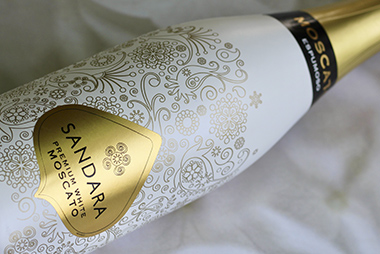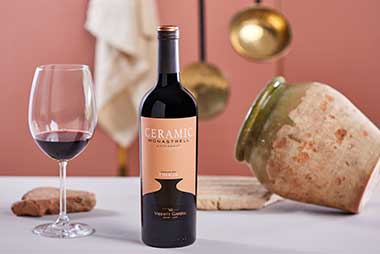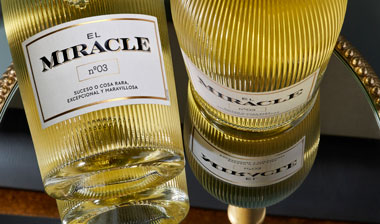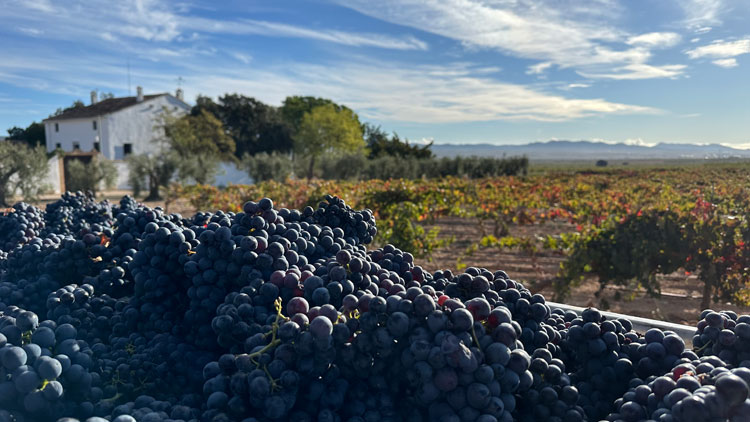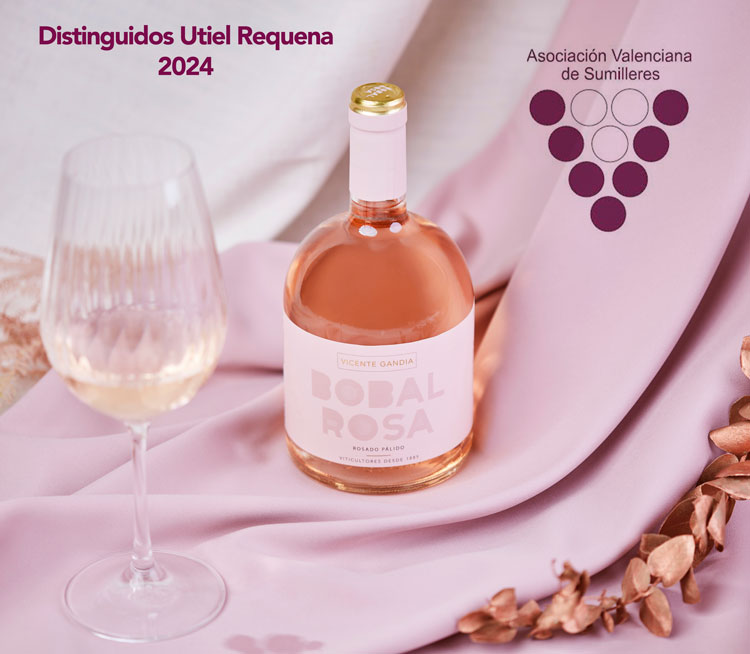Spain is a country with a long wine tradition. In fact, it is one of the great wine producers. Between Spain, France and Italy almost half of the wine produced in the world is reached and 81% of that produced in Europe. These three countries are the main producers of the “Old World”, a term that also includes wine made in Germany, Austria, Romania, Portugal, Greece and other European countries. On the other hand, we have the producers of the “New World” whose term refers to producing countries such as Australia, USA, Argentina, Chile, New Zealand and South Africa.
Why are there different types of wine? The legislation that affects Spanish wine products is one of the most extensive and varied that exists in the food sector. There are European and Spanish laws, laws from the different Autonomous Communities and even from the Regulatory Councils of Appellation of origin that affect wineries when making, bottling and marketing a wine. Among other things, this legislation defines the types of wines that can be produced and marketed.
In Spain, unlike other countries, we can distinguish the following types of wine according to legality:
- Table wines are those that do not indicate the grape variety or vintage on their label, such as our EL PESCAITO BLANCO
- Variety/vintage wines, are those in which it is allowed to label with the variety with which the wine is made and/or the vintage to which the bottled wine corresponds. This labeling requires controls and certifications carried out by competent bodies. This is the case of our NEBLA VERDEJO ROSE
- IGP Wines, are wines with Protected Geographical Indication, also known as “Wines of the Land”, which are controlled and certified by the bodies created for this purpose. In Spain there are a total of 42 areas where to produce wines with IGP recognized by the European Union. This is the case of our NEBLA VERDEJO WHITE, with PGI Vino de la Tierra de Castilla León.
- Wines with Appellation of origin (DO), are the wines that are made in certain geographical areas under the control and supervision of the different Regulatory Councils. In Spain there are a total of 101 areas where wines with Appellation of origin recognized by the European Union can be produced.
On the other hand, DO wines are the only ones that can be classified as “crianza” or “reserva”. What defines these qualifiers is the time that the wines spend either in the barrel or in the bottle, before being marketed. These terms may vary depending on each of the Regulatory Councils that exist in Spain, although the general rule is 12 months of permanence in barrel and/or bottle for “crianza” and 24 months of permanence in barrel and/or bottle. or bottle for the “reserve”. CEREMONIA RESERVA is one of our iconic wines that belongs to the DO Utiel-Requena.
As we have said, in Spain, and according to the data (as of January 2023) from the European database “eAmbrosia” there are a total of 101 figures of differentiated quality (Appellation of origin), of which 2 have the right to use the traditional term “qualified Appellation of origin” (DOC Rioja and DOC Priorat) and 42 Protected Geographical Indications.
As we have seen, the legislation divides the wines produced in Spain into different classes, and it is a division that, in a certain way, conditions consumers. Is a wine with Appellation of origin better than a table wine or a variety/vintage wine? What is the difference between a wine with a PGI and a wine with a DO? Are they not both regulated and certified? These are questions that we ask ourselves as consumers, both when choosing it from the supermarket shelf and in a restaurant menu. In the end we have to choose (How do we choose a bottle of wine?), and for this, the more objective criteria we have, the better decision we will make.
The most important thing is that we like the wine we choose and that we enjoy the experience surrounded by good company. Cheers!


